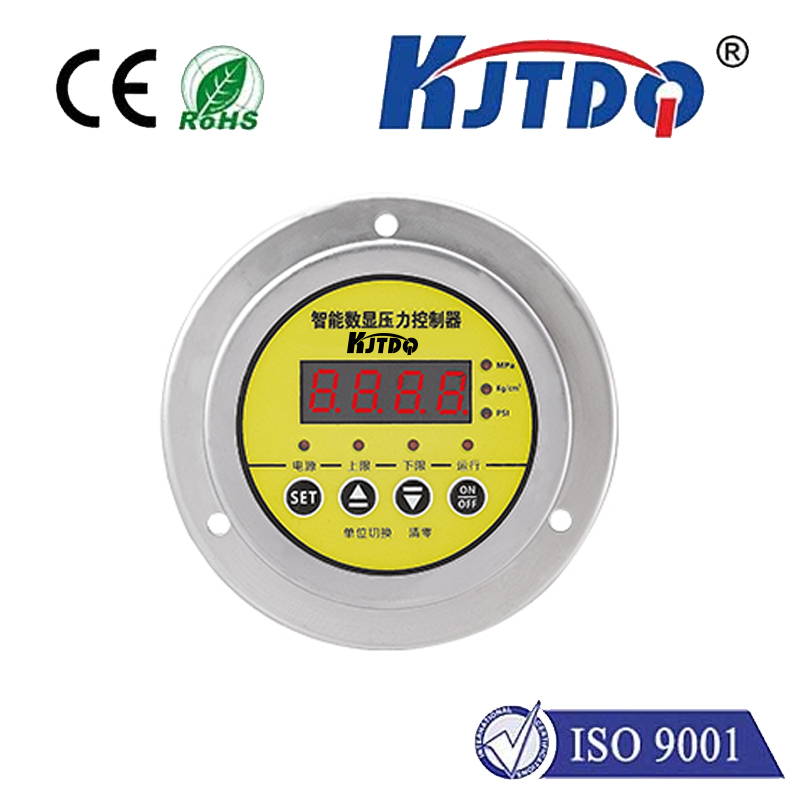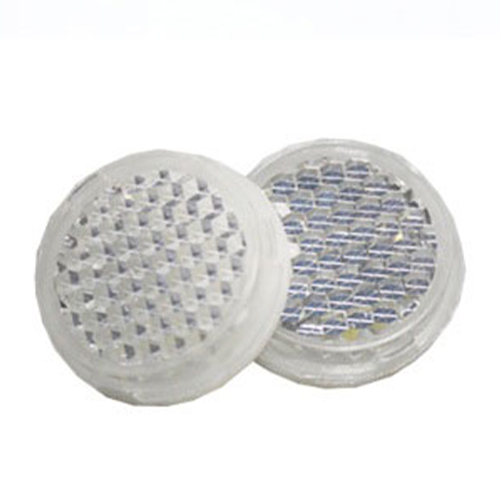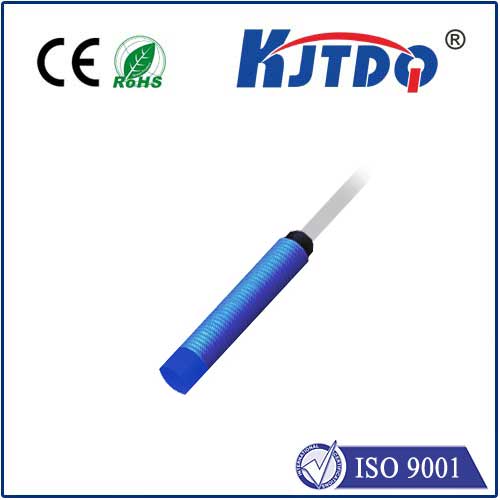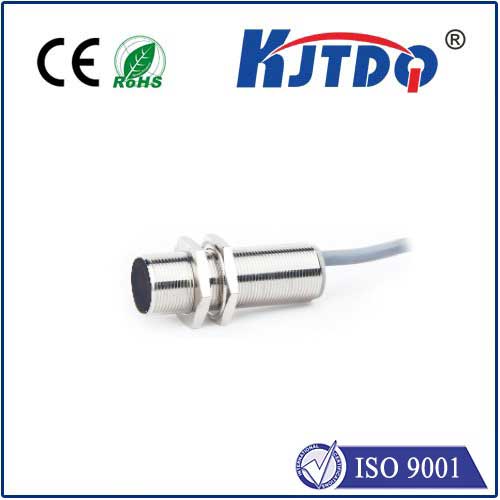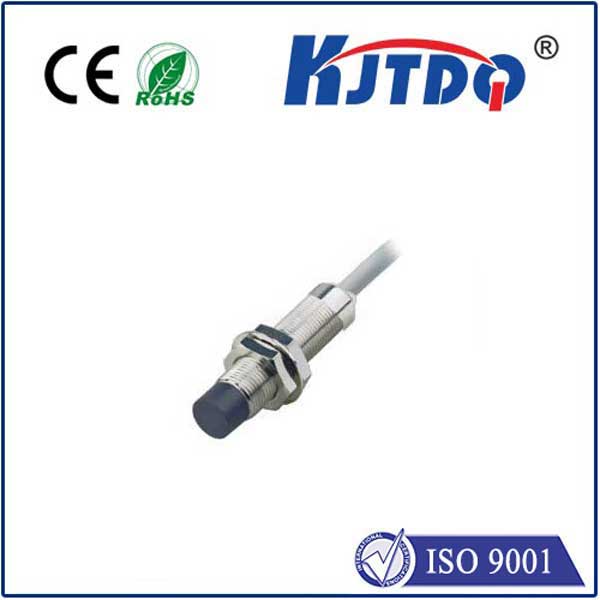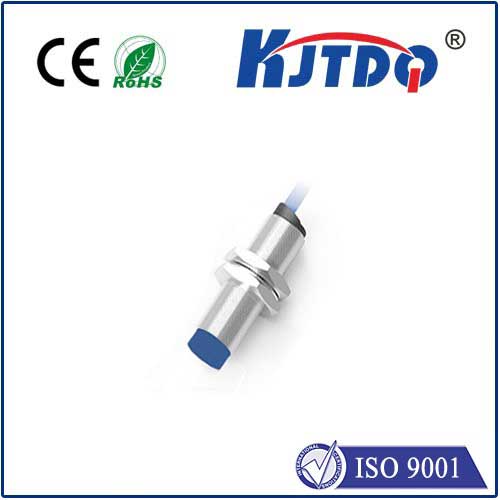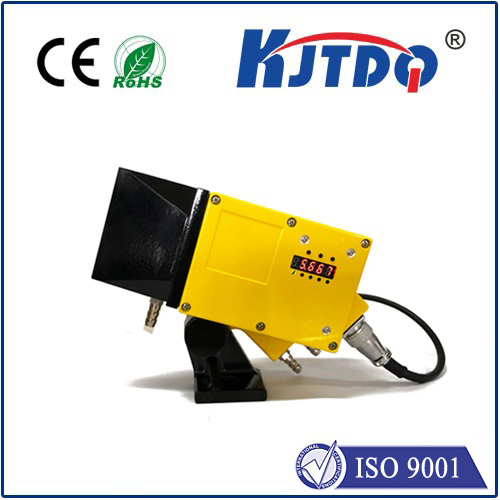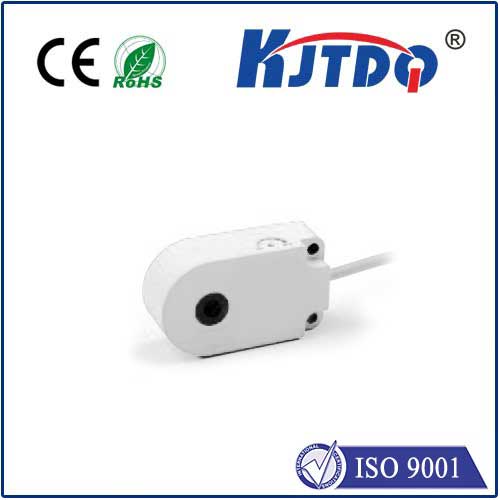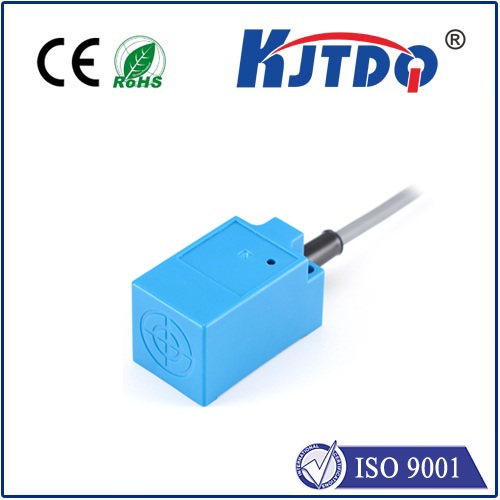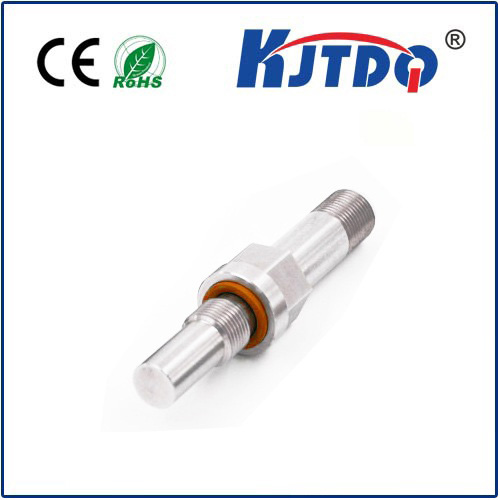

check

check

check

check
Title: Exploring the Benefits of Low-Cost Distance Sensors
In a world where technology is constantly advancing, distance sensors have become an integral part of many industries and applications. From automotive to manufacturing, from robotics to gaming, these sensors play a crucial role in measuring distances and detecting objects. However, not all businesses or enthusiasts can afford high-end sensors that often come with a hefty price tag. This is where low-cost distance sensors come into the picture.
Low-cost distance sensors are designed to offer similar functionalities as their expensive counterparts without burning a hole in your pocket. These sensors are compact, lightweight, and easy to integrate into various systems. They are typically made using simple technologies such as infrared or ultrasonic waves, allowing them to measure distances accurately while being cost-effective.

One of the main advantages of low-cost distance sensors is their versatility. They can be used in a wide range of applications, from basic object detection in home automation projects to more complex tasks like obstacle avoidance in drones or robots. This makes them an ideal choice for hobbyists, small businesses, and even large corporations looking to cut costs without compromising on functionality.
Moreover, low-cost distance sensors are known for their ease of use. They require minimal setup and can be easily programmed using popular microcontroller platforms like Arduino or Raspberry Pi. This allows users to quickly prototype and test their ideas without worrying about the technicalities involved in using more advanced sensors.
Another benefit of low-cost distance sensors is their reliability. Despite their affordable price point, these sensors are built to last and can withstand everyday wear and tear. They also provide consistent performance across different environments and conditions, ensuring accurate readings every time.
In terms of maintenance, low-cost distance sensors are relatively trouble-free. They do not require frequent calibration or replacement parts, which means they can save businesses time and money in the long run. Additionally, these sensors are designed to consume minimal power, making them suitable for energy-sensitive applications.
As technology continues to evolve, so do the capabilities of low-cost distance sensors. Manufacturers are constantly improving their designs to make them smaller, more accurate, and more energy-efficient, all while keeping the prices accessible to a wider audience. This means that individuals and businesses will continue to have access to reliable and affordable solutions for their distance measurement needs.
In conclusion, low-cost distance sensors offer numerous benefits over their high-end counterparts. They provide similar functionality at a fraction of the cost, making them ideal for hobbyists, small businesses, and budget-conscious corporations. With their ease of use, reliability, and minimal maintenance requirements, low-cost distance sensors are poised to remain a popular choice for distance measurement applications in the future.
